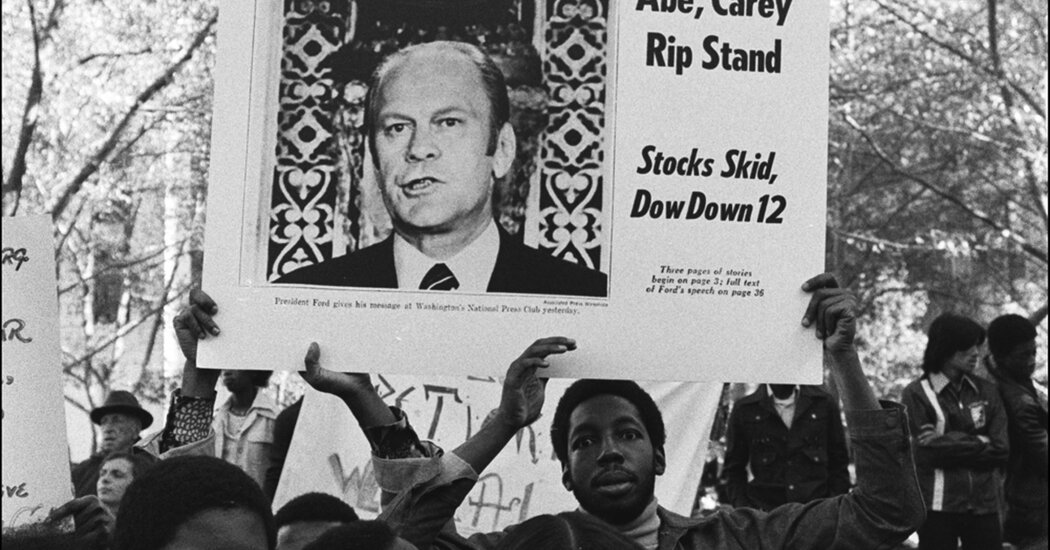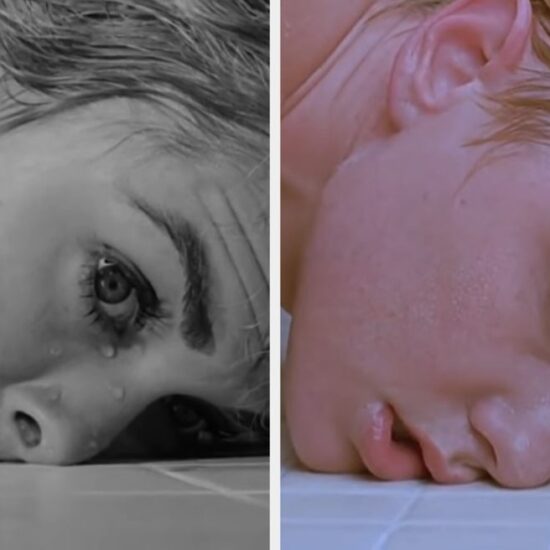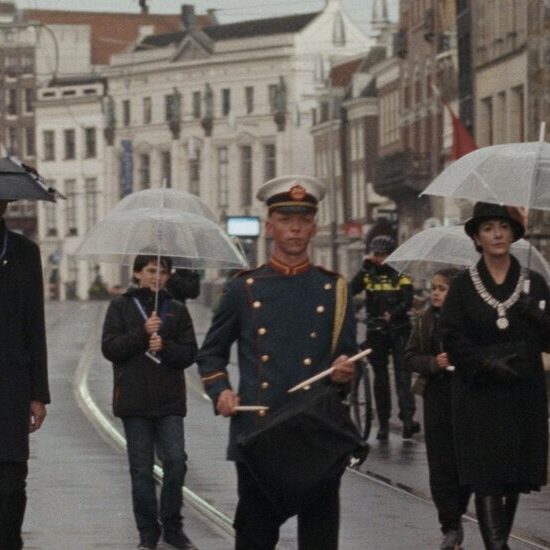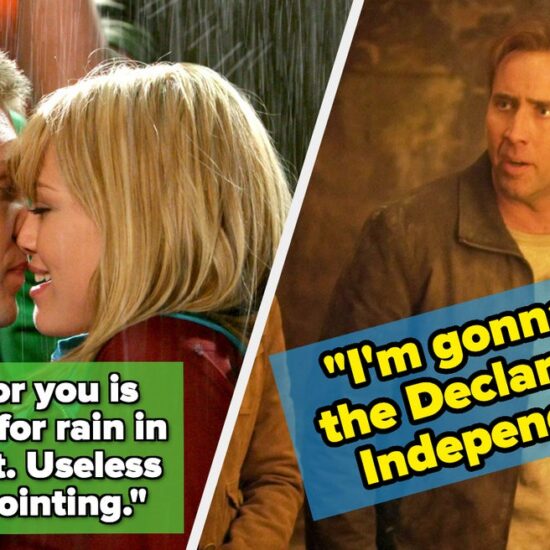
On Oct. 29, 1975, Mike O’Neill, the editor of The Daily News, and Bill Brink, the managing editor, returned from lunch and asked whether President Gerald R. Ford, while addressing the National Press Club in Washington, had agreed to help New York City avoid bankruptcy.
The editors were read the definitive sentence from Ford’s address: “I am prepared to veto any bill that has as its purpose a federal bailout of New York City to prevent a default.”
As I recall — I was a reporter and editor at The Daily News at the time — Brink initially summed up the president’s rejection with what was sometimes quaintly described back then as a two-word barnyard epithet. Then they refined the hulking front page tabloid headline, a cri de coeur that encapsulated Washington’s response to the city’s plight and that would help cost Ford the presidential election the following year, ultimately becoming a metaphor for New York’s resilience: “Ford to City: Drop Dead.”
Those days of urban desolation, despair and painful recovery a half century ago are captured in the forthcoming documentary “Drop Dead City — New York on the Brink in 1975,” which on Monday was awarded the fifth annual Library of Congress Lavine/Ken Burns Prize for Film.
“Drop Dead City” was directed by Peter Yost and Michael Rohatyn, a filmmaker and musician who had a unique perspective: It was Michael’s father, Felix G. Rohatyn, an investment banker, who was recruited in 1975 by the heroic Gov. Hugh L. Carey of New York to help stave off the state’s municipal bankruptcy.
Michael Rohatyn was only 12 when his father helped save the city. Perusing the old footage from that time and filming 200 additional hours, he said in an interview, “I was very moved to see his charm and his intellect right there on the surface. I think he would be really proud of the film. He might think there’s not enough of him in it, and he might be right.”
The prize, awarded by The Better Angels Society, the Library of Congress and the Crimson Lion/Lavine Family Foundation, and funded by Jeannie and Jonathan Lavine, includes a $200,000 grant for final production and distribution of the film, a sum that, the award-winning documentarian Ken Burns recalled, was more than the entire budget for his first film, on the Brooklyn Bridge, which was nominated for an Academy Award in 1982.
“Drop Dead City” serves as a vivid reminder for today’s negativists of how bad the bad old days were. The contrasting scenes are poignant: a theater poster for “Man of La Mancha” — the Impossible Dream — and streets clogged with cabs juxtaposed with the carcasses of burned-out buildings, abandoned skeletal public works, graffiti-shrouded subway cars, and mobs of justifiably choleric municipal workers whose promise of lifetime civil service job security was suddenly jeopardized. Its protagonists were mostly men with long sideburns in smoke-filled rooms, palpably fearful over the uncharted consequences if the city could no longer fool some of the people all of the time to pay its bills.
Who would have first claim? The bondholders from whom the city had borrowed? Or the police officers, firefighters, sanitation workers and teachers on whom New Yorkers depended every day? Or the beneficiaries of public assistance who depended on the city?
And who would bear the blame? Former Gov. Nelson A. Rockefeller, whose worthies conceived of “moral obligation” bonds to enable more borrowing for good causes? Former Mayor Robert F. Wagner, who was re-elected in 1961 after granting the unions collective bargaining rights? His successor, John V. Lindsay, undone by the cost of good intentions? Or his successor, Abraham D. Beame, who had warned against fiscal gimmickry when he was the city’s comptroller but sanctioned it anyway by voting for the unbalanced budgets, only to find that the buck stopped with him when he was elected mayor?
And who should bear the brunt of the sacrifice? Public officials had long maintained low mass transit fares, free tuition at City University and other services, and had granted organized labor generous benefits not only to get re-elected, but to preserve the city’s legacy as a global beacon of opportunity. Bankers should have known that the city was selling tax anticipation notes without having the slightest notion of how much tax revenue was anticipated, even as they reaped hefty commissions on each borrowing that sent the city deeper into debt.
“They made the accounting sexy,” Burns said of the filmmakers. “They made the people who get dismissed human and dimensional. The headline became the haiku of the fiscal crisis.”
Hundreds of films were submitted to the Better Angels Society, a nonprofit organization whose goal is to educate Americans about their history through documentaries. It winnowed the submissions to six and presented two to Burns and to Carla Hayden, the Librarian of Congress. The runner-up was “The Disappearance of Miss Scott,” directed by Nicole London, which recounts the story of the jazz pianist and civil rights pioneer Hazel Scott, who went into exile during the Red Scare of the 1950s.
The mid-1970s evoked by “Drop Dead City” are even more distant from today’s audiences than the ancient history of the 1929 stock market crash was from New Yorkers who lived through the city’s fiscal crisis. But, as Hayden explained, what gives the film vitality and relevance is that “it puts history at the forefront.”
“Drop Dead City” deftly melds archival footage of frustrated and gravely conflicted negotiators, ordinary New Yorkers and aggrieved rank-and-file union members with candid reflections by the surviving protagonists. Unfortunately some, like former Deputy Mayor John Zuccotti, didn’t survive long enough to be interviewed on video. (Zuccotti died a day after the filmmakers spoke with him off-camera.)
Viewers might also have welcomed more of Felix Rohatyn’s pithy observations. (He once likened default to “someone stepping into a tepid bath and slashing his wrists — you might not feel yourself dying, but that’s what would happen.”)
The city came so close to default that a declaration was signed by Mayor Beame’s shaky hand, but never invoked; it later hung in the home office of the New York corporate lawyer Ira Millstein.
Asked at the time, though, whether an agreement with the municipal unions and the State Legislature to fend off bankruptcy would survive, Felix Rohatyn replied: “I don’t give odds any more. I think it has to work.”
But Rohatyn was aware of the costs, predicting that the sacrifices inflicted to satisfy the banks and the Ford administration would mean that even if New York survived, “this city will be a much lesser place.”
Yost, the film’s co-director, explained why, even though New York remains very much alive, “Drop Dead City” is still very relevant.
“Intellectually, it’s resonant at a time when we’re all at each other’s throats,” he said. “That was a moment when it could have gotten ugly and rude like New York, but seemingly irreconcilable things came together to keep the city from going over a cliff. To me that holds a lot of lessons for us today.”













